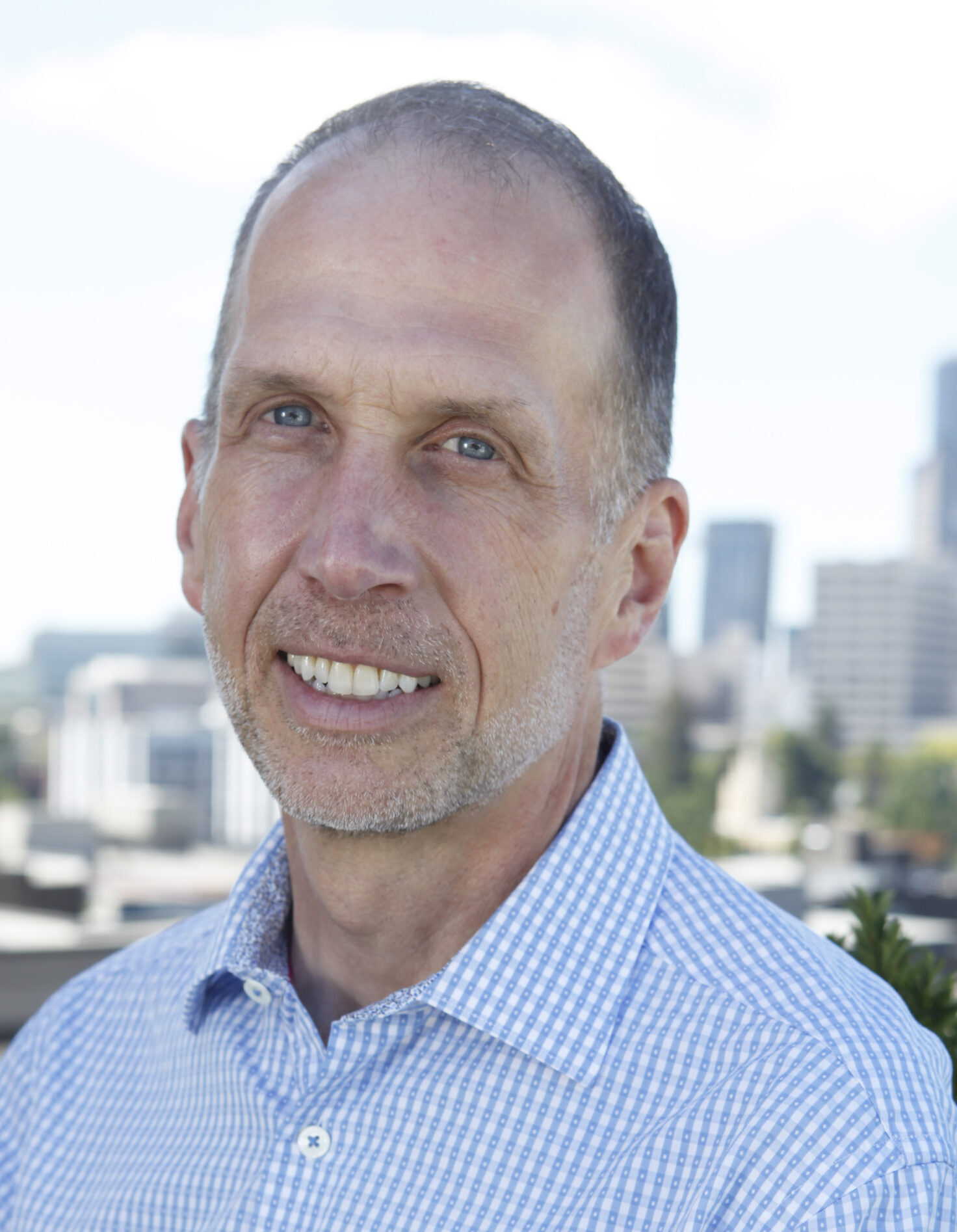 Moving around, like travel, broadens your perspectives and opens up your mind. But it also, I believe, disconnects you from the particular ecologies and communities that make us good stewards. (I developed these themes in my 1996 book This Place on Earth: Home and the Practice of Permanence.)
Moving around, like travel, broadens your perspectives and opens up your mind. But it also, I believe, disconnects you from the particular ecologies and communities that make us good stewards. (I developed these themes in my 1996 book This Place on Earth: Home and the Practice of Permanence.)
Back when I was writing that book, I remember reading that Labor Day weekend is the biggest moving day of the year. More people relocate to new accommodations, new cities, and new states on Labor Day weekend than any other time. I guess everyone tries to get settled in before the new school year starts.
And Cascadians are not a very settled bunch, though the trend is toward a gradual slow-down in relocations in the region, as across North America. Partly, this trend reflects the aging of the population. Moving is concentrated among young adults.
But among Cascadians, Alaskans are the most mobile. Fewer residents of Alaska were born in the state than the residents of any other American state: 38 percent, according to Alaska Economic Trends (pdf).
In other Cascadian places, the numbers are higher: 47 percent of Washingtonians and Idahoans, as of 2000, were born in the state, along with 45 percent of Oregonians. Some 48 percent of British Columbians (pdf) (in 2001) were born in the province.
There’s a tremendous amount of churning of the population in many Cascadian communities. From 1996 to 2001, almost half of the residents of British Columbia changed residences (pdf). And, also as of 2000, almost one fifth (19 percent) of Alaskans had moved into the state just since 1995. (The comparable figures are Idaho, 17 percent; Oregon, 15 percent; Washington, 14 percent; and British Columbia, 10 percent (pdf).
So, when you think about our communities, bear in mind that they’re communities with a constantly changing cast of characters.


